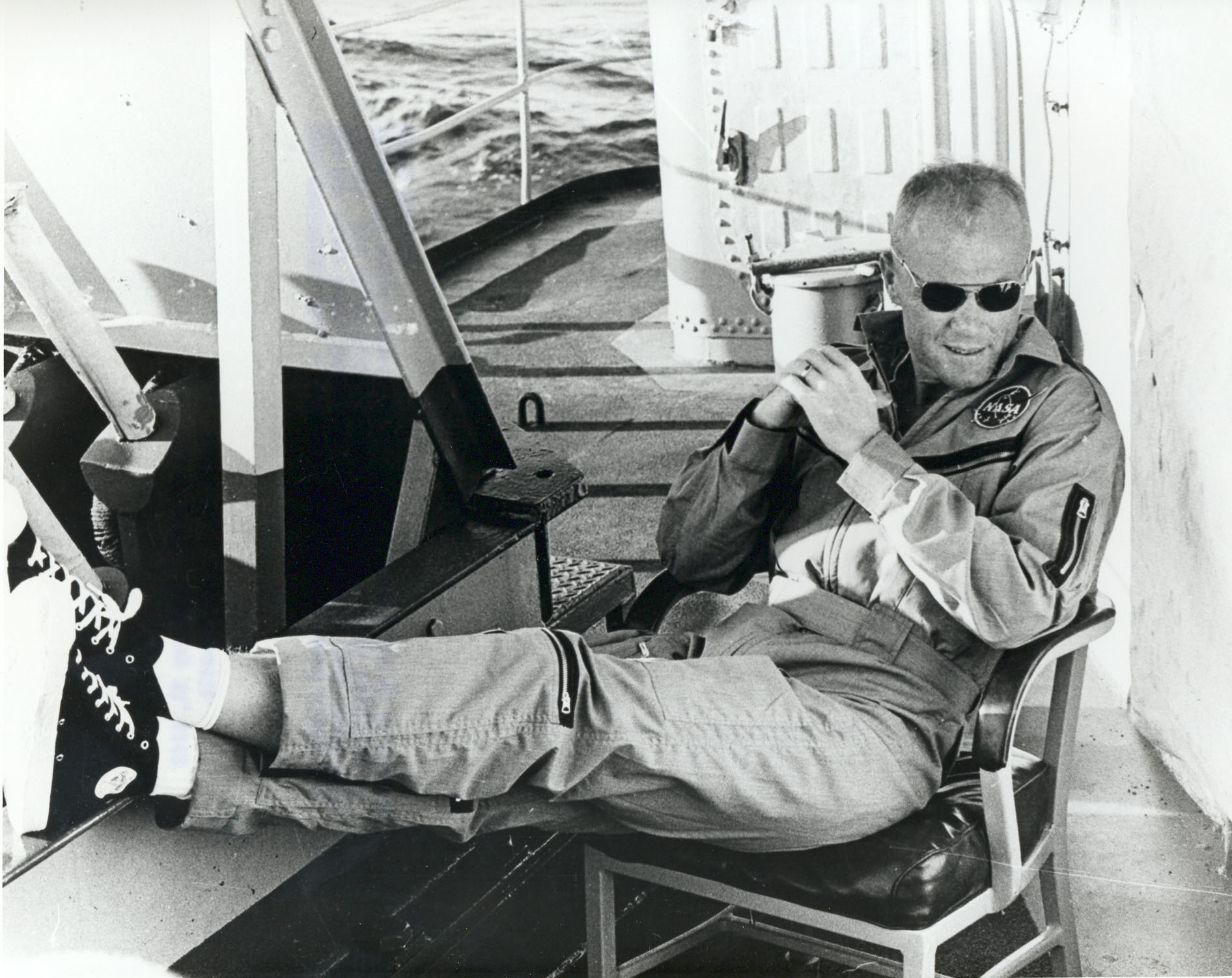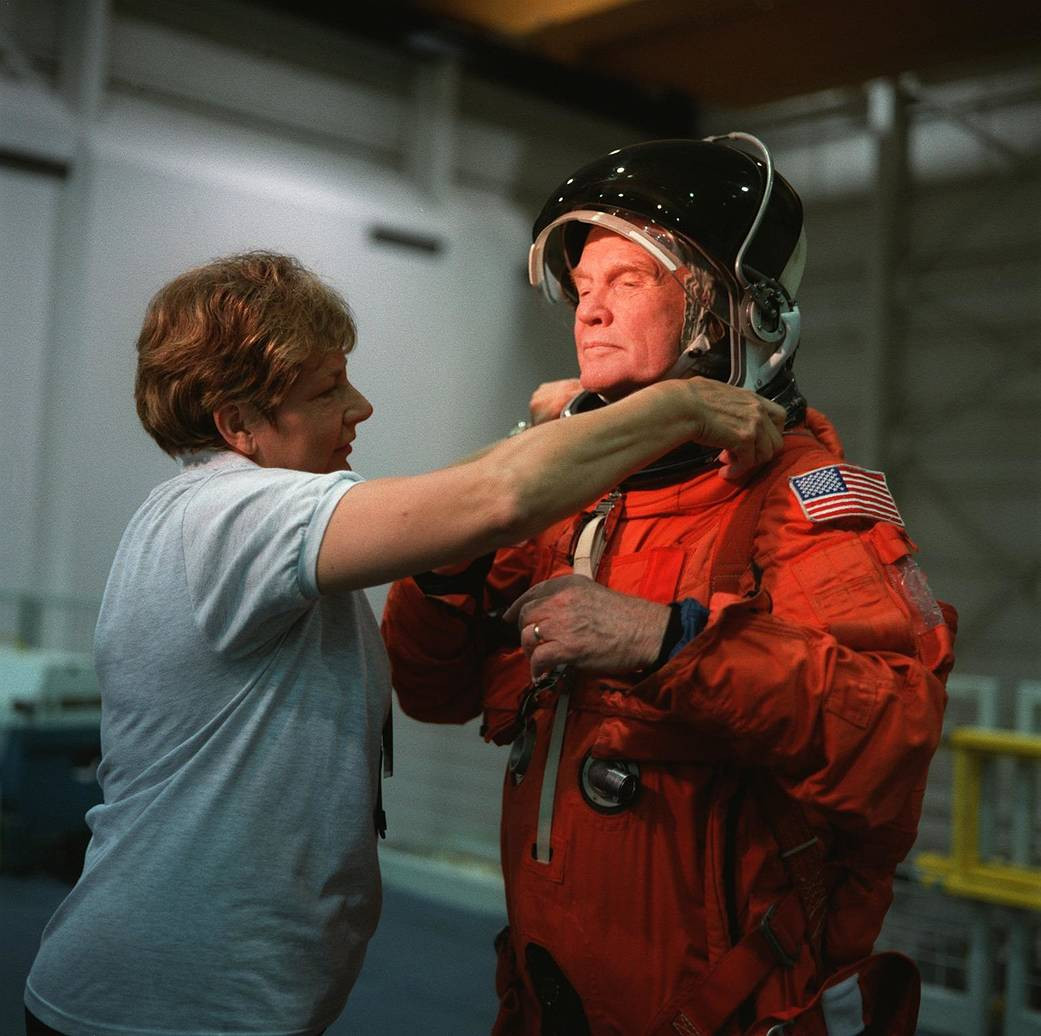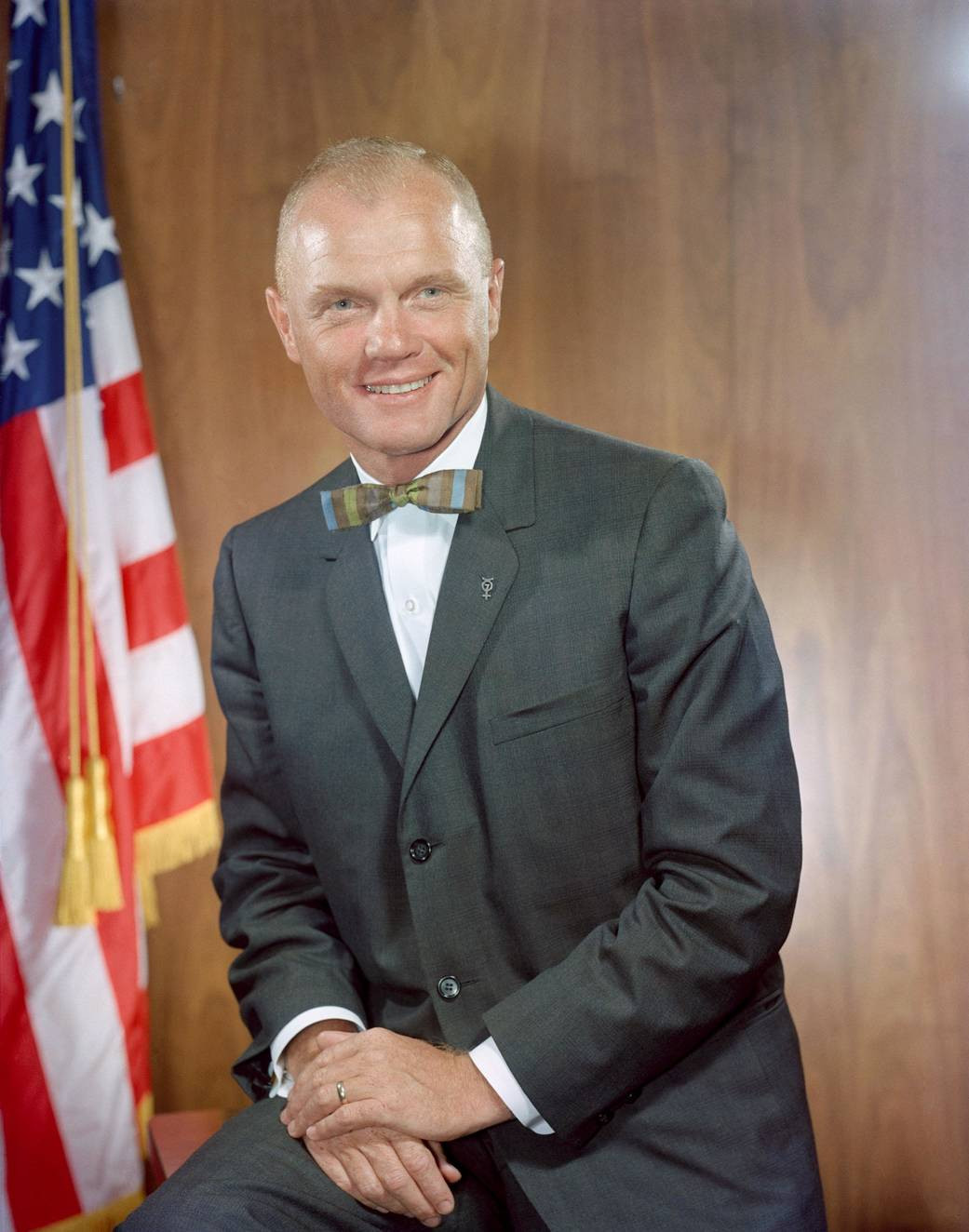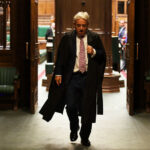John Glenn, a name synonymous with American courage and exploration, passed away on Thursday, December 8, 2016, at the Ohio State University Wexner Medical Center in Columbus. A former astronaut and four-term U.S. Senator from Ohio, Glenn etched his name in history as the first American to orbit the Earth, a feat that not only propelled the United States forward in the space race but also cemented his status as a national hero. His life was a testament to public service, marked by bravery in both the skies and the political arena, making John Glenn Astronaut a pivotal figure in the 20th century.
The Pioneering Astronaut – John Glenn’s Mercury Mission
Glenn’s journey into the annals of space exploration began when he was selected as one of NASA’s original Mercury Seven astronauts. In the tense era of the Cold War and the burgeoning space race with the Soviet Union, America needed a triumph. That triumph came on February 20, 1962, when astronaut John Glenn piloted the Friendship 7 capsule into orbit. This historic Mercury mission, officially known as Mercury-Atlas 6, lasted for 4 hours and 55 minutes and encompassed three orbits of the Earth. Glenn’s successful orbit proved to the world that the United States was a serious contender in space exploration, instantly transforming him into an American icon. After splashdown in the Atlantic Ocean near Grand Turk Island, Glenn was swiftly recovered by the USS Noa, just 21 minutes after impact, completing a mission that captivated the nation and inspired generations.
 John Glenn relaxes after the flight of Friendship 7.
John Glenn relaxes after the flight of Friendship 7.
Astronaut John Glenn post-flight relaxation aboard USS Noa, reflecting on his successful Friendship 7 Mercury mission after becoming the first American to orbit the Earth.
A Return to Space – STS-95 and the Discovery Mission
Decades after his Mercury flight, at the remarkable age of 77, John Glenn astronaut once again ventured into the cosmos. In October 1998, he flew aboard the Space Shuttle Discovery as part of the STS-95 mission. This nine-day mission not only made him the oldest person to ever fly in space but also served a crucial scientific purpose. Glenn participated in a series of experiments focused on the effects of spaceflight on the aging process. This mission was particularly poignant as the study of aging was a significant aspect of his work during his tenure as a U.S. Senator, showcasing his enduring commitment to both space exploration and improving life on Earth. His return to space demonstrated his relentless spirit and his continuous pursuit of knowledge, bridging his legendary past with ongoing scientific inquiry.
 John Glenn gets help donning his launch and entry suit during training for his STS-95 space shuttle mission.
John Glenn gets help donning his launch and entry suit during training for his STS-95 space shuttle mission.
John Glenn, U.S. Senator and veteran astronaut, receiving assistance with his launch and entry suit during STS-95 mission training at Johnson Space Center, preparing for his historic return to space.
From Fighter Pilot to Test Pilot – Glenn’s Early Career
Before becoming astronaut John Glenn, his career was already marked by exceptional achievements and dedication to service. Born John Herschel Glenn Jr. in Cambridge, Ohio, on July 18, 1921, he developed a passion for aviation early in life. He earned a Bachelor of Science degree in engineering from Muskingum College in New Concord, Ohio, setting the stage for his illustrious career. Glenn’s military service began in 1942 when he joined the Naval Aviation Cadet Program, leading to his commissioning in the Marine Corps in 1943. He distinguished himself as a fighter pilot, flying F-4U Corsair fighters in 59 combat missions during World War II in the Marshall Islands. His bravery continued into the Korean War, where he flew 63 missions with Marine Fighter Squadron 311 and an additional 27 missions as an exchange pilot with the Air Force, even shooting down three MiG fighters in the final days of the conflict. Following his combat service, Glenn’s skills led him to Test Pilot School at the Naval Air Test Center in Patuxent River, Maryland. As a test pilot, he excelled, setting a transcontinental speed record in 1957 from Los Angeles to New York while project officer of the F-8U Crusader, marking the first supersonic transcontinental flight, further highlighting his exceptional piloting abilities before his astronaut days.
Transition to Politics and Senate Career
After resigning from his position as an astronaut in 1964 and retiring from the Marine Corps in 1965 as a Colonel, John Glenn astronaut transitioned into a successful political career. While initially entering the corporate world with Royal Crown International, his passion for public service drew him to politics. He won a Senate seat in 1974, representing Ohio, and impressively carried all 88 counties in the state. His popularity and effectiveness as a senator were evident in his subsequent re-elections in 1980, 1986, and 1992, making him the first popularly elected senator from Ohio to serve four consecutive terms. During his Senate tenure, Glenn became a respected voice on technical and scientific matters, leveraging his background as an astronaut and pilot. He served on key committees, including the Governmental Affairs Committee and the Armed Services Committee, focusing on issues like preventing the spread of weapons of mass destruction and rooting out government waste. His political career was a natural extension of his commitment to serving his country, transitioning from exploring space to serving the public through policy and governance.
 official portrait of John Glenn
official portrait of John Glenn
Official NASA portrait of John Glenn as a Mercury astronaut, America’s first man to orbit the Earth, capturing his pioneering spirit and historic contribution to space exploration.
Legacy and Character
John Glenn astronaut was remembered not only for his extraordinary achievements but also for his humility and genuine character. Trevor Brown, dean of the John Glenn School of Public Affairs at Ohio State University, described him as “humble, funny, and generous,” reflecting the sentiments of many who knew him. Despite his fame and accomplishments, Glenn remained approachable and deeply connected to the public, especially children. He found joy in music and had a well-known fondness for chocolate, revealing a relatable and warm personality beneath the heroic persona. Throughout his life, Glenn received numerous accolades, including six Distinguished Flying Crosses, the Congressional Space Medal of Honor, and many others, recognizing his bravery, service, and contributions to both aviation and space exploration. His legacy extends beyond his professional achievements; he embodied the spirit of American exploration, courage, and public service, inspiring generations to reach for the stars.
Conclusion
John Glenn’s life story is an enduring testament to the power of courage, dedication, and service. From his daring flights as astronaut John Glenn, pushing the boundaries of human exploration, to his impactful career as a U.S. Senator, advocating for progress and responsibility, he left an indelible mark on American history. His pioneering spirit, combined with his down-to-earth nature, made him a beloved figure and an exemplary role model. John Glenn’s legacy continues to inspire, reminding us of the heights we can achieve when we combine ambition with integrity and a commitment to the greater good.

